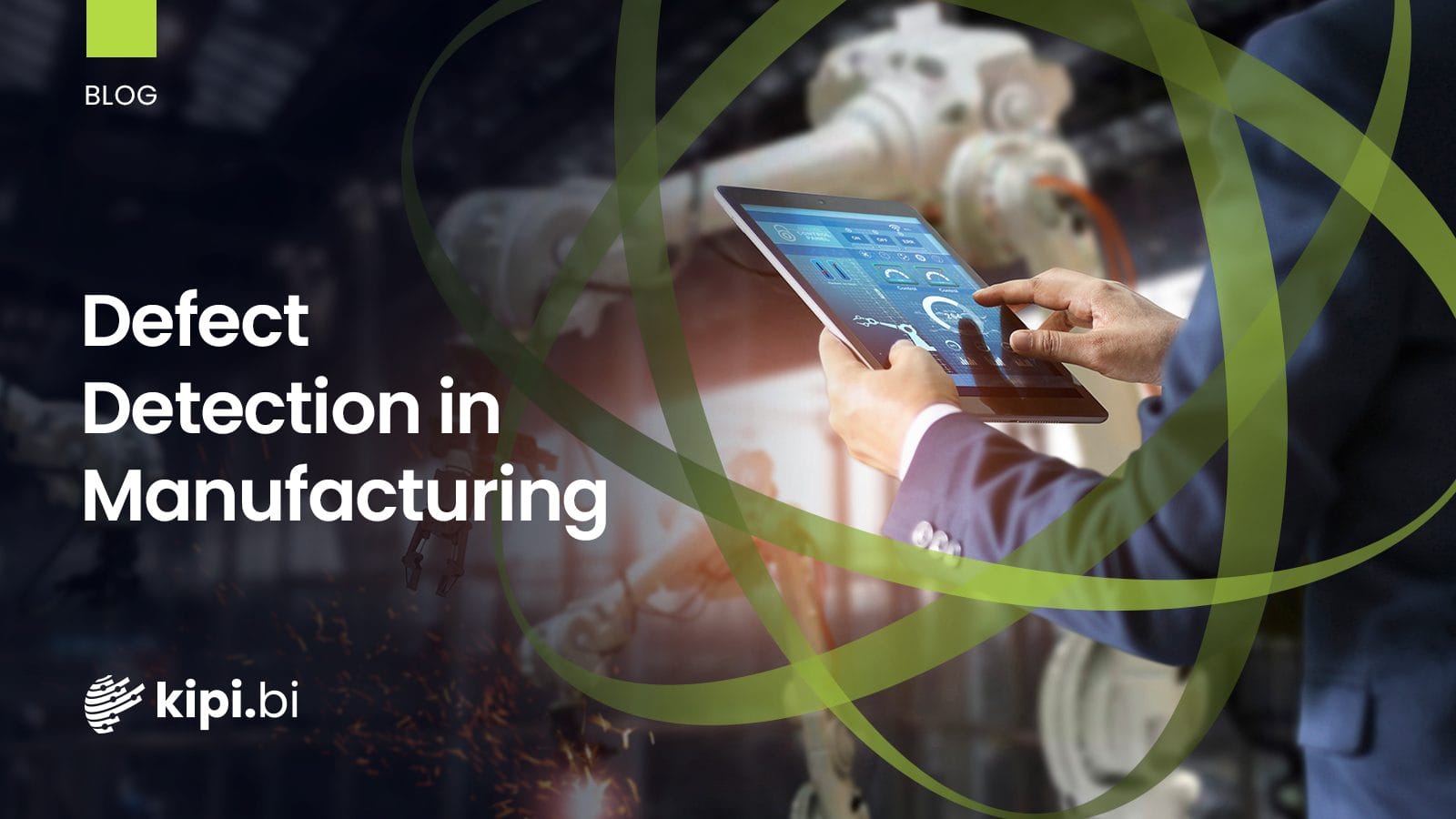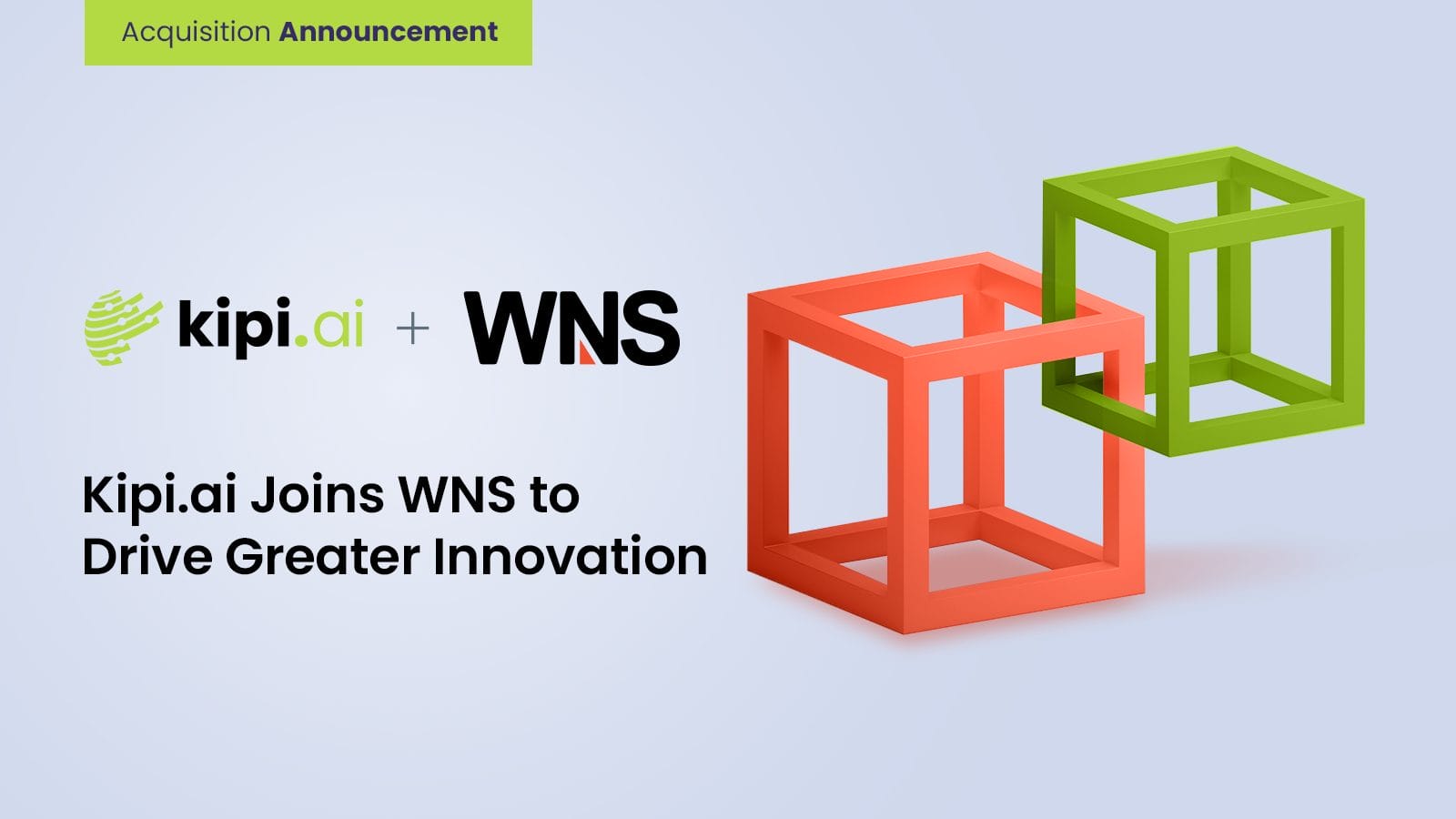Author: Vivek Kanna Jayaprakash Co-Authors: Panga Karthik , Rahul Kumar Goyal, Twinkle Viswanathan, Tejaswini R
Problem
In the manufacturing industry, detecting defects in product materials in real-time is crucial for maintaining product quality and efficiency. Traditionally, defect detection has been a manual process, prone to human error and inefficiency. Automating this process can significantly reduce labor costs, increase accuracy, and improve overall productivity.
Proposed Solution
Our project aims to build a proof of concept (POC) for a computer vision solution to automate defect detection. By leveraging Snowflake’s robust data storage and processing capabilities, along with the LandingAI library, we plan to create an end-to-end system that identifies defective materials on a conveyor belt in real-time.
How Did We Build It?
The live feed of videos or images from the production plant is captured and stored which is then loaded into Snowflake’s database stage, either in MP4 format or any other video or image format. For development purposes, we used open-source videos as a substitute for live data.
Videos stored in Snowflake are read into Snowpark using the LandingAI library. The videos are converted into frames per second, and these frames are stored back in Snowflake as JPEG or PNG files. The images are then fed into the LandingAI native app called LandingLens within Snowflake. The frames and images obtained are used for building the model within the application.The existing model which is pre-trained on these sets of bad versus good defective materials would run on top of these new inputs of the sample images which are stored in the stages automatically and will give a prediction whether the material is good or not. When the model predicts a bad material there would be a siren or a red light going off in the conveyor belts or the bad material is automatically removed by a push pull mechanism.
How Do We Use It?
Within the app, the process begins with uploading images, which are then labelled as defective or non-defective. The next step is to train the model using these labelled images. Once trained, the model can predict the status of any new images uploaded, determining whether the material is defective. Additionally, the prediction results include the coordinates and confidence scores of the detected defects.
Future Enhancements
- Integration with IoT Sensors: Enhance real-time defect detection by integrating with IoT sensors that capture additional environmental data (e.g., temperature, humidity) to correlate with defect occurrences.
- Edge Computing: Implement edge computing to perform initial processing and inference closer to the manufacturing line, reducing latency and bandwidth requirements.
- Continuous Model Training: Develop a mechanism for continuous model training using newly captured data, ensuring the model stays updated with evolving defect patterns.
- Anomaly Detection: Extend the system to not only classify defects but also detect anomalies that may indicate potential issues before they lead to defects.
- Automated Feedback Loop: Implement a feedback loop where detected defects automatically trigger adjustments in production processes or maintenance alerts.
- Enhanced Visualization and Reporting: Develop interactive dashboards that provide real-time visualizations of defect trends, statistics, and historical data to aid in process optimization and decision-making.
- Scalability and Performance Optimization: Optimize the system architecture for scalability to handle larger datasets and performance improvements for faster inference times.
- Quality Assurance Integration: Integrate with existing quality assurance systems to streamline defect reporting and analysis across different stages of production.
- Multi-Modal Defect Detection: Explore multi-modal approaches combining visual inspection with other sensing techniques (e.g., infrared imaging, spectroscopy) for comprehensive defect detection.
- Regulatory Compliance and Documentation: Develop features for capturing and documenting compliance with industry standards and regulatory requirements related to defect detection and reporting.
These enhancements can further enhance the efficiency, accuracy, and reliability of your automated defect detection system, making it more robust and adaptable to manufacturing environments.







